Why Chiropractic Treatment is Essential After Car Accident?
Car accidents can have a significant impact on a person’s physical and mental well-being. From minor fender benders to more severe collisions, injuries are common in such incidents. Car accidents can be traumatic events that leave individuals with physical injuries and emotional distress. While immediate medical attention is crucial for severe injuries, many people overlook the potential benefits of chiropractic treatment in the aftermath of a car accident. Chiropractic care focuses on the diagnosis, treatment, and prevention of musculoskeletal system disorders, making it an effective option for addressing common car accident injuries. In this blog post, we will explore some common car accident injuries and explain how chiropractic treatment can play a vital role in their recovery.
I. Whiplash
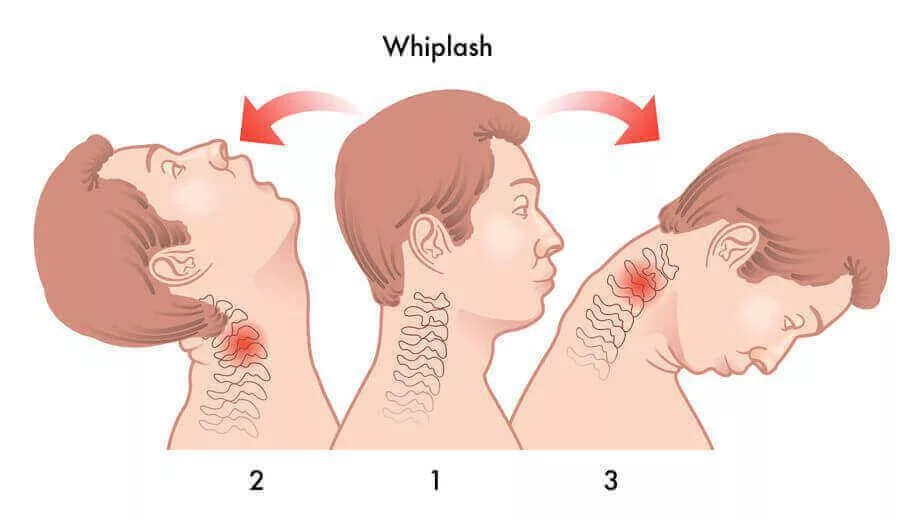
Whiplash is one of the most prevalent injuries sustained in car accidents. It is a common injury that occurs when the head and neck are suddenly jolted forward and backward in a rapid motion, often caused by car accidents. It is a type of neck strain or sprain that affects the soft tissues, including muscles, ligaments, and tendons in the neck. Whiplash can vary in severity, with symptoms ranging from mild discomfort to debilitating pain and limited mobility. Chiropractic care has proven to be an effective treatment option for whiplash, offering relief from pain, promoting healing, and restoring neck function.
Whiplash Symptoms and Diagnosis
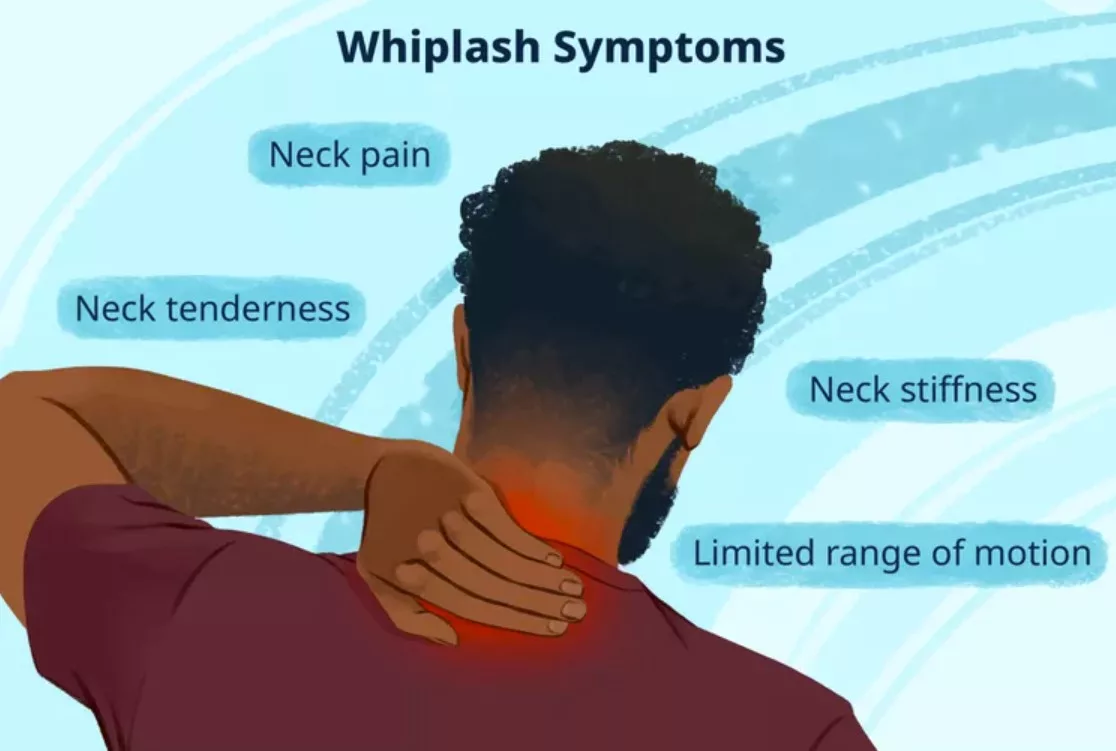
Following a car accident, it is important to be aware of the potential signs and symptoms of whiplash. These can include neck pain, stiffness, headaches, dizziness, fatigue, shoulder or back pain, numbness or tingling in the arms, and difficulty concentrating. It is crucial to seek a proper diagnosis from a healthcare professional, as whiplash symptoms can sometimes take hours or even days to manifest fully. Chiropractors are skilled in assessing and diagnosing whiplash injuries through a combination of physical examinations, medical history reviews, and imaging tests if necessary.
The Role of Chiropractic Care in Whiplash Treatment

Chiropractic treatment focuses on the musculoskeletal system and its connection to overall health. When it comes to whiplash, chiropractors employ various techniques to address the underlying issues and facilitate the healing process. One of the primary goals of chiropractic treatment is to restore proper alignment and function to the spine and neck.
II. Spinal Injuries
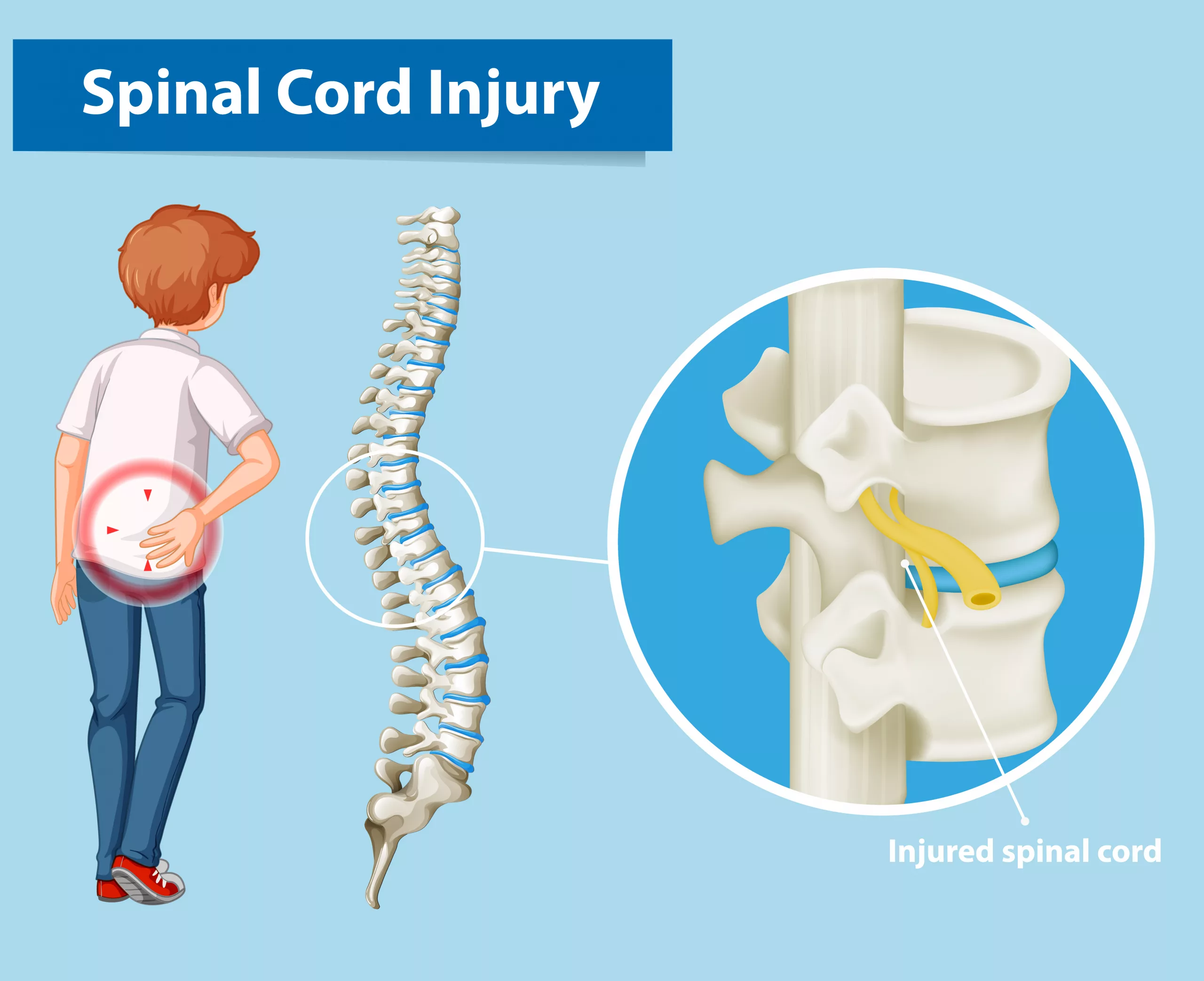
Spinal injuries are serious and potentially life-altering conditions that can occur as a result of various circumstances, including car accidents, falls, sports injuries, and other traumatic events. These injuries can affect the spinal cord, vertebrae, discs, and surrounding tissues, leading to pain, loss of sensation, motor function impairment, and even paralysis. Chiropractic treatment plays a crucial role in the management and rehabilitation of spinal injuries, offering non-surgical and drug-free approaches to alleviate symptoms, restore function, and improve overall quality of life.
Common Spinal Injuries

Spinal injuries encompass a wide range of conditions, each with its own characteristics and consequences. Some common spinal injuries include:
- Herniated Discs: When the soft center of a spinal disc protrudes through its outer layer, it can compress nearby nerves, resulting in pain, tingling, and weakness.
- Spinal Fractures: Fractures or breaks in the vertebrae can occur due to trauma, osteoporosis, or other conditions. These fractures can lead to instability, spinal cord compression, and nerve damage.
- Spinal Cord Injuries: Damage to the spinal cord can result in partial or complete loss of sensation and motor function below the level of the injury. The severity and long-term effects depend on the location and extent of the injury.
- Spinal Stenosis: This condition involves the narrowing of the spinal canal, causing compression of the spinal cord or nerves. It often leads to pain, numbness, and difficulty walking.
Role of Chiropractic Care in Spinal Injury Treatment

Chiropractic care offers a non-invasive and conservative approach to managing spinal injuries. Chiropractors focus on optimizing spinal alignment, reducing inflammation, and promoting overall spinal health.
Here are some key components of chiropractic care for spinal injuries:
- Spinal Adjustments: Chiropractors perform precise manual adjustments to correct misalignments in the spine, improving joint mobility, reducing nerve irritation, and promoting optimal nervous system function.
- Rehabilitation Exercises: Chiropractors develop customized exercise programs to strengthen the muscles surrounding the spine, improve flexibility, and support spinal stability. These exercises help patients regain strength, coordination, and functionality.
- Soft Tissue Therapy: Chiropractors employ various soft tissue techniques such as massage, myofascial release, and stretching to alleviate muscle tension, reduce scar tissue formation, and improve blood circulation around the injured area.
- Spinal Decompression: This technique involves gently stretching the spine to relieve pressure on the discs and nerves. Spinal decompression therapy can be beneficial for conditions like herniated discs and spinal stenosis.
III. Soft Tissue Injuries
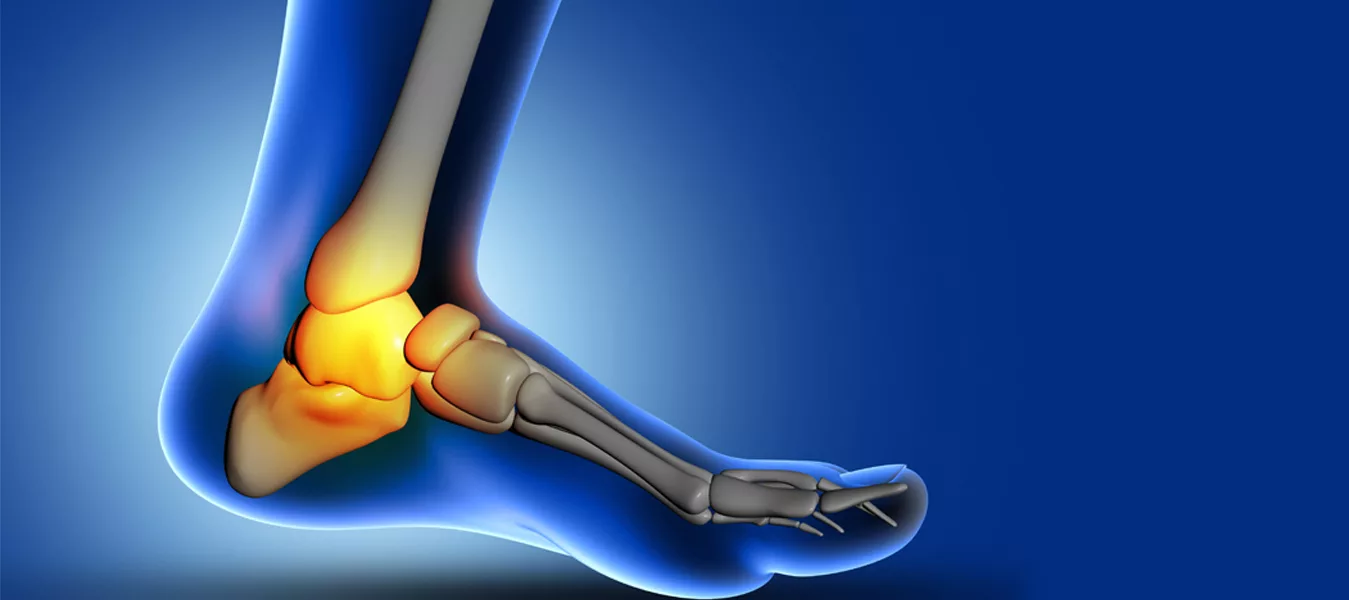
Soft tissue injuries, such as sprains, strains, and contusions, are common in car accidents. These injuries affect the muscles, tendons, and ligaments, causing pain, swelling, and restricted movement. Chiropractic treatments like manual therapy, ultrasound, and electrical stimulation can effectively target and heal soft tissue injuries. By addressing the root cause of the pain and promoting circulation, chiropractors aid in the restoration of function and flexibility. Soft tissue injuries involve damage to the muscles, tendons, ligaments, or fascia.
Here are some common types of soft tissue injuries:
- Strains: Strains occur when muscles or tendons are stretched or torn. They often result from sudden or excessive force or repetitive motions.
- Sprains: Sprains are injuries to ligaments, which are the fibrous tissues connecting bones. They typically occur when a joint is forced beyond its normal range of motion.
- Tendonitis: Tendonitis refers to inflammation of a tendon, usually caused by repetitive motions or overuse. It commonly affects the tendons in the shoulders, elbows, wrists, knees, and ankles.
- Bursitis: Bursitis is the inflammation of the bursae, which are small fluid-filled sacs that cushion and lubricate joints. It can be caused by repetitive movements or direct trauma.
Role of Chiropractic Care in Soft Tissue Injury Treatment

Chiropractors play a crucial role in the diagnosis, treatment, and management of soft tissue injuries. Here are some key aspects of chiropractic care for soft tissue injuries:
- Manual Therapy: Chiropractors use various manual therapy techniques to address soft tissue injuries. This may include massage, myofascial release, and trigger point therapy, aiming to reduce muscle tension, break down scar tissue, and improve blood flow to the injured area.
- Joint Manipulation: Chiropractors perform gentle joint manipulations or adjustments to restore proper alignment and mobility to the affected joints. This can alleviate pain, reduce inflammation, and promote the healing process.
- Rehabilitation Exercises: Chiropractors prescribe specific exercises and stretches tailored to the individual’s condition and injury. These exercises help strengthen the muscles, improve flexibility, and restore normal range of motion.
- Modalities: Chiropractors may use additional therapeutic modalities such as ultrasound, electrical stimulation, or laser therapy to complement the treatment of soft tissue injuries. These modalities can help reduce pain, decrease inflammation, and promote tissue healing.
IV. Head Injuries and Concussions

Car accidents often result in head injuries, including concussions. Even seemingly minor head trauma can have long-lasting effects on a person’s well-being. Chiropractic care can contribute to the recovery process by focusing on the alignment of the spine and addressing associated symptoms such as headaches, dizziness, and cognitive difficulties. Through a comprehensive approach, chiropractors aim to restore proper neurological function and support the healing of head injuries.
Role of Chiropractic Care in Head Injury and Concussion Treatment

Chiropractic care can be a valuable component of the overall treatment plan for head injuries, including concussions. While chiropractors do not directly treat brain injuries, they focus on optimizing the function of the musculoskeletal system, including the spine, which can indirectly support the recovery process.
Here are some ways chiropractic care can benefit individuals with head injuries:
- Spinal Alignment: Chiropractors perform spinal adjustments to ensure proper alignment of the vertebrae. When the spine is aligned correctly, it can help improve overall nervous system function, enhance blood flow, and support the body’s natural healing mechanisms.
- Symptom Management: Chiropractic care can help manage symptoms associated with head injuries, such as headaches, neck pain, and dizziness. Techniques like spinal adjustments, soft tissue therapy, and rehabilitative exercises can reduce pain, restore range of motion, and alleviate discomfort.
- Balance and Coordination: Head injuries, including concussions, can affect balance and coordination. Chiropractic care can address these issues by improving joint mobility, enhancing muscle strength and coordination, and promoting proper alignment. This can contribute to better overall balance and reduce the risk of falls or further injury.
- Collaborative Care: Chiropractors often work in conjunction with other healthcare professionals involved in the management of head injuries, such as primary care physicians, neurologists, and physical therapists. This collaborative approach ensures comprehensive and coordinated care for the individual’s recovery.
V. Joint and Extremity Injuries

The force of impact during a car accident can cause joint dislocations, fractures, and injuries to the extremities. Chiropractic treatment can help alleviate pain and restore functionality in these cases. Techniques like joint manipulation, mobilization, and rehabilitative exercises aid in reducing inflammation, increasing range of motion, and promoting the healing of injured joints and extremities.
Role of Chiropractic Care in Joint and Extremity Injury Treatment

Chiropractic care plays a significant role in the management and treatment of joint and extremity injuries. Chiropractors focus on restoring proper alignment, reducing inflammation, and promoting optimal function. Here are some key aspects of chiropractic care for joint and extremity injuries:
- Manual Adjustments: Chiropractors perform manual adjustments to realign the joints and restore their normal range of motion. By addressing joint misalignments, chiropractic care helps alleviate pain, reduce inflammation, and promote healing.
- Soft Tissue Techniques: Chiropractors utilize various soft tissue techniques, such as massage, myofascial release, and stretching, to address muscle imbalances, reduce scar tissue formation, and improve flexibility and blood circulation around the injured area.
- Rehabilitation Exercises: Chiropractors prescribe specific exercises and stretches to strengthen the muscles surrounding the injured joint, improve stability, and enhance overall function. Rehabilitation exercises help restore range of motion, flexibility, and strength.
Lifestyle Recommendations: Chiropractors may provide lifestyle recommendations, including modifications to activities, ergonomics, and posture, to support the healing process and prevent further injury.
VI. Psychological Impact and Overall Well-being

Car accidents can have a significant psychological impact on individuals, leading to anxiety, depression, and post-traumatic stress disorder (PTSD). Chiropractic care takes a holistic approach by considering the mind-body connection. Chiropractors often provide counseling, stress management techniques, and lifestyle advice to support the overall well-being of patients. By addressing both the physical and psychological aspects of recovery, chiropractic treatment can contribute to a more comprehensive healing process.
Role of Chiropractic Care in Psychological Well-being

Chiropractic care recognizes the interconnectedness of the mind and body and aims to support the overall well-being of individuals with joint and extremity injuries. Here are some ways chiropractic care can contribute to psychological well-being:
- Patient-Centered Approach: Chiropractors take a patient-centered approach, considering not only the physical symptoms but also the emotional and psychological well-being of individuals. They provide a supportive environment where patients can discuss their concerns, fears, and emotional challenges related to the injury.
- Pain Management: Chiropractic care offers natural pain management techniques, such as spinal adjustments, soft tissue therapies, and rehabilitative exercises. By reducing pain and discomfort, chiropractic care can help alleviate emotional distress associated with the injury.
- Holistic Care: Chiropractors may offer lifestyle recommendations, including stress management techniques, nutritional guidance, and relaxation strategies. These holistic approaches can promote overall well-being and contribute to psychological resilience during the recovery process.
Patient Education and Empowerment: Chiropractors educate patients about their injury, the healing process, and strategies for self-care. By providing knowledge and empowering patients to actively participate in their recovery, chiropractic care can increase confidence, reduce anxiety, and promote a sense of control.
Conclusion: Chiropractic Treatment
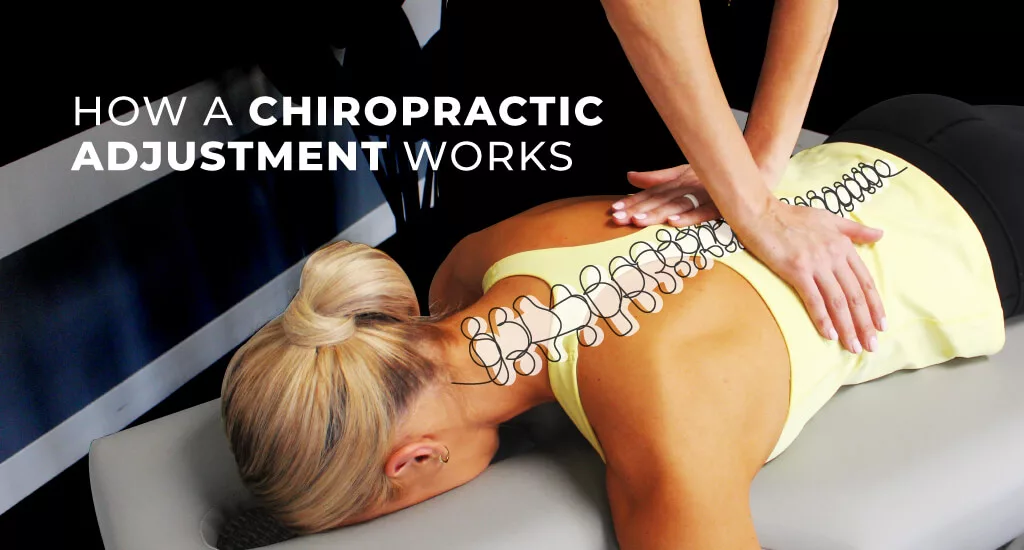
Car accidents can cause a wide range of injuries, and seeking appropriate treatment is crucial for a full recovery. While medical interventions are often necessary, chiropractic care can be a valuable addition to the healing process, especially for common car accident injuries like whiplash, spinal injuries, soft tissue injuries, head injuries, joint and extremity injuries, as well as addressing the psychological impact. By seeking chiropractic treatment, individuals can benefit from a holistic approach that focuses on pain relief, functional restoration, and overall well-being. If you have been involved in a car accident, it is advisable to consult with a chiropractor experienced in treating car accident injuries to discuss your specific situation and explore the potential benefits of chiropractic care for your recovery.

CALL NOW +1-407-434-7246
If you have suffered any type of injury or have been experiencing pain that just won’t go away regardless of what you do, then all you have to do is call and speak with our friendly staff. Find Best Chiropractic Care in Orlando, Florida. Our team can help you get the treatment you need and ensure that the pain you experience is alleviated – once and for all.
We are proud to serve the areas of Orlando, Altamonte Springs, Haines City, Plant City, Kissimmee, Winter Haven, and Ocala.
Contact us for Chiropractor near me in Orlando, Florida for an Appointment Today.
What exactly does a chiropractor do?
A chiropractor is trained to make sure your body is functioning as optimally as possible by using spinal manipulations to relieve pain in your joints and muscles. These spinal adjustments will increase blood flow and nerve conductivity to the joints and muscles that are experiencing pain.
How necessary is chiropractic care?
Research has found that chiropractic adjustments may be an effective treatment for various forms of neck or back pain. Seeing a chiropractor may also lower your need to take pain relievers or undergo more invasive treatments like surgery.
How often should you see a chiropractor?
When you are just starting a new treatment plan, it's common to have adjustments multiple times a week. As your body begins to heal, that number could drop to just once a week. And if you are pain-free and simply want to maintain your lifestyle, you might only need to get an adjustment once or twice a month.


